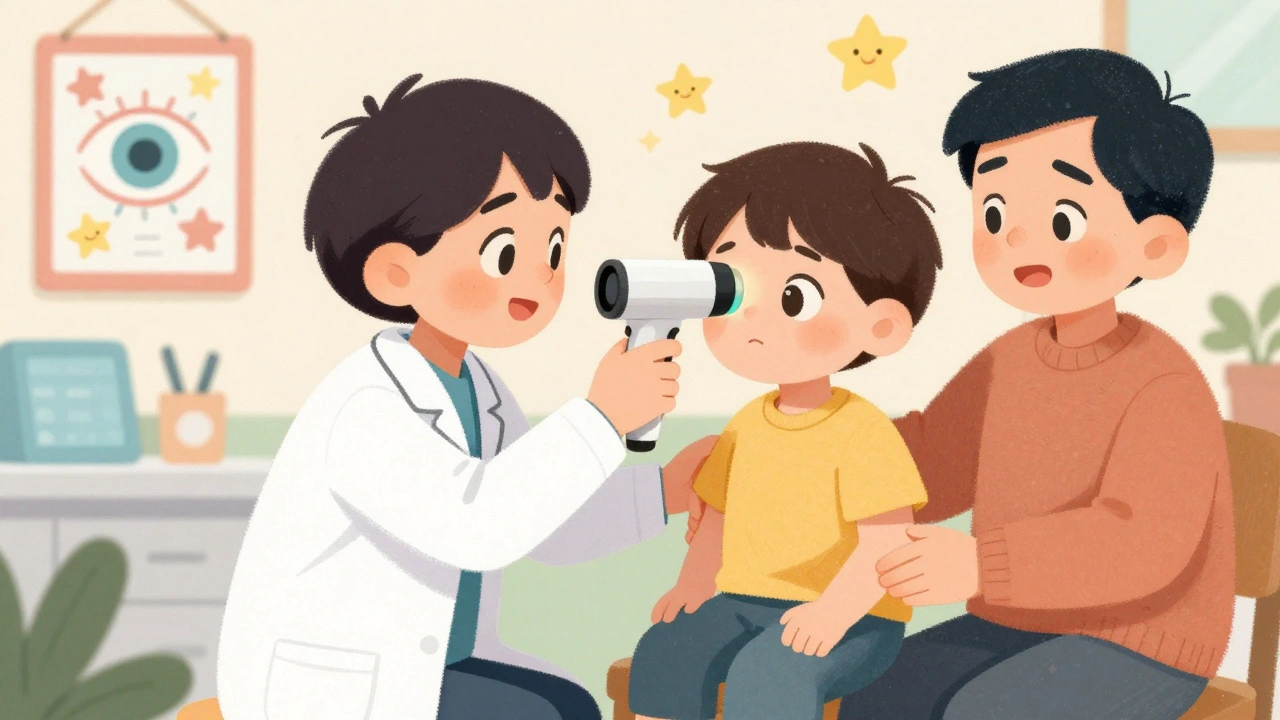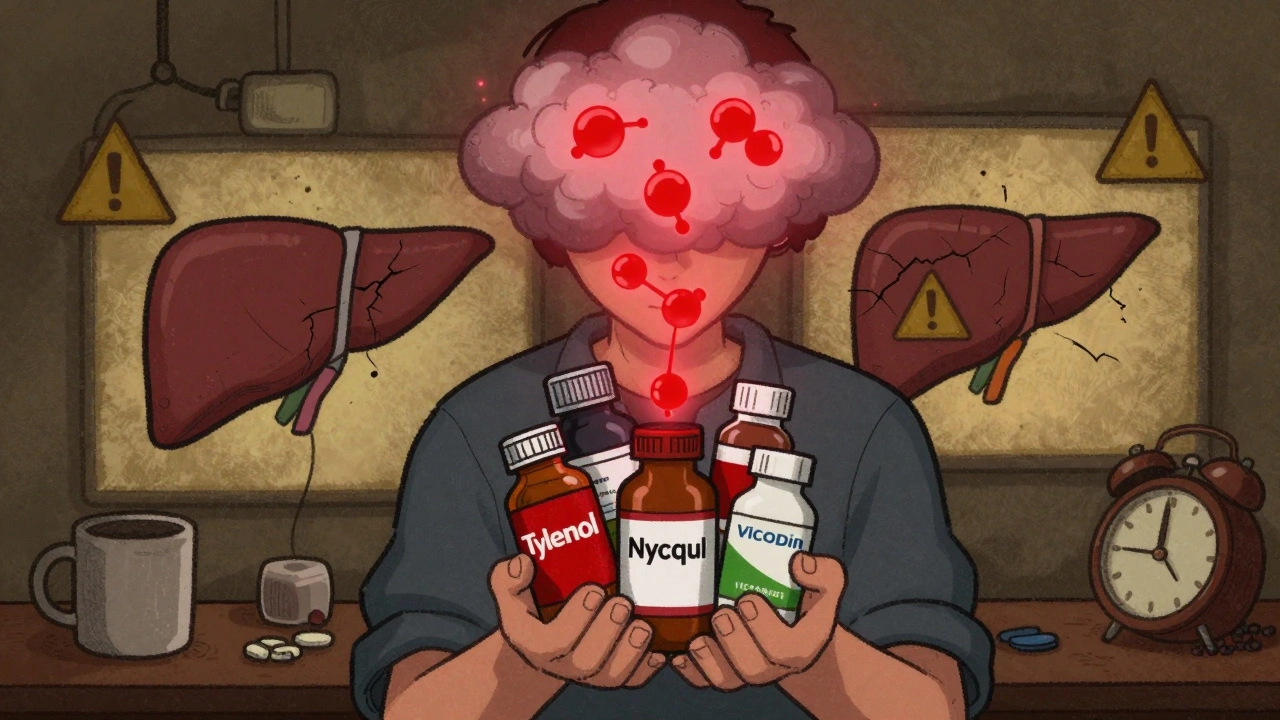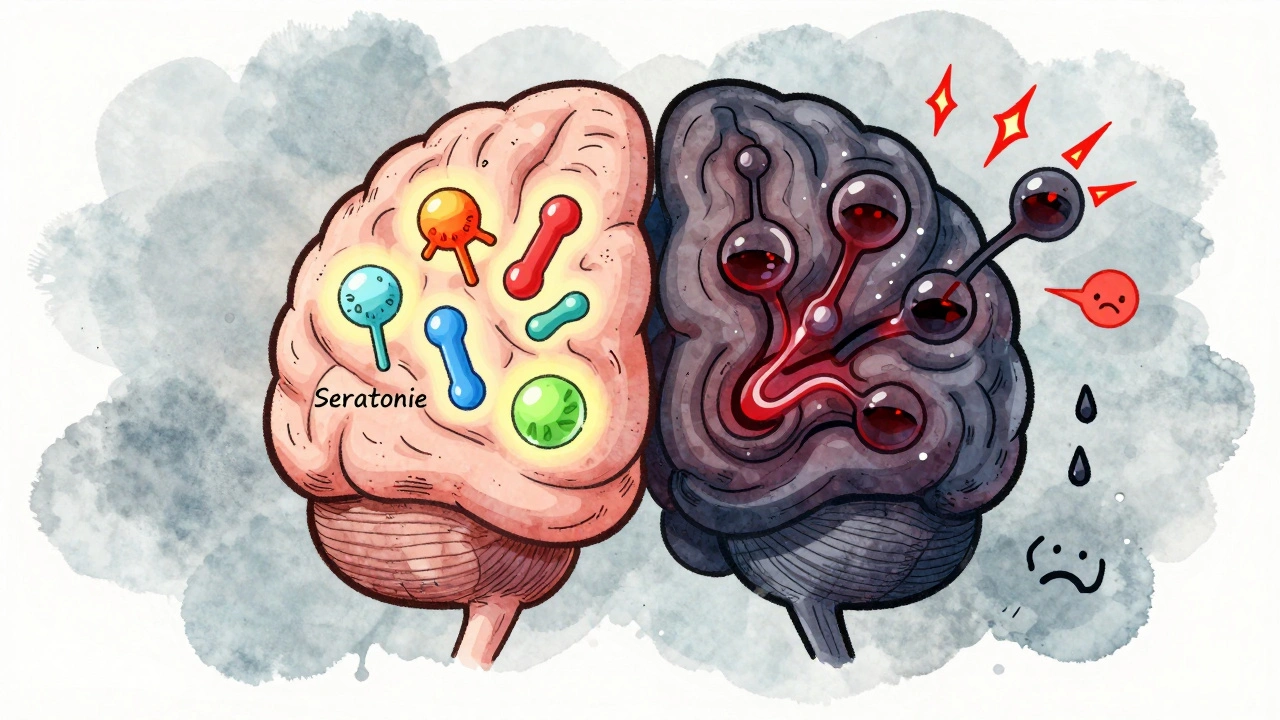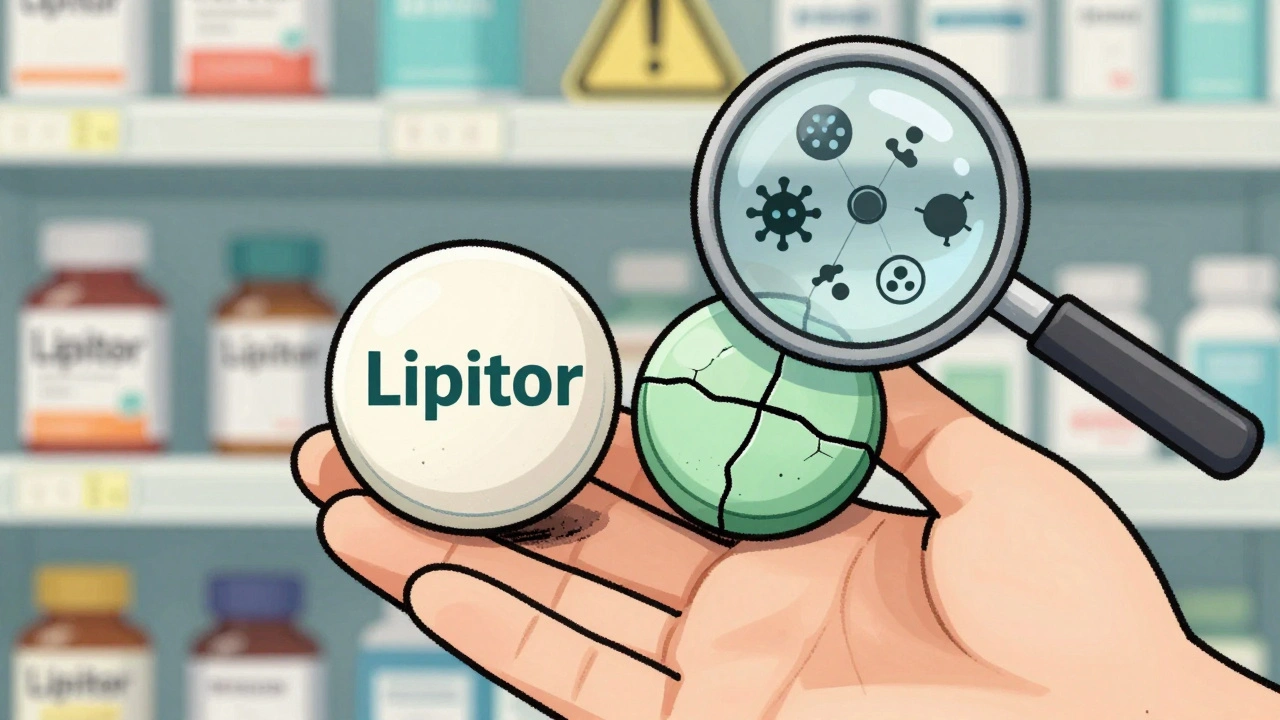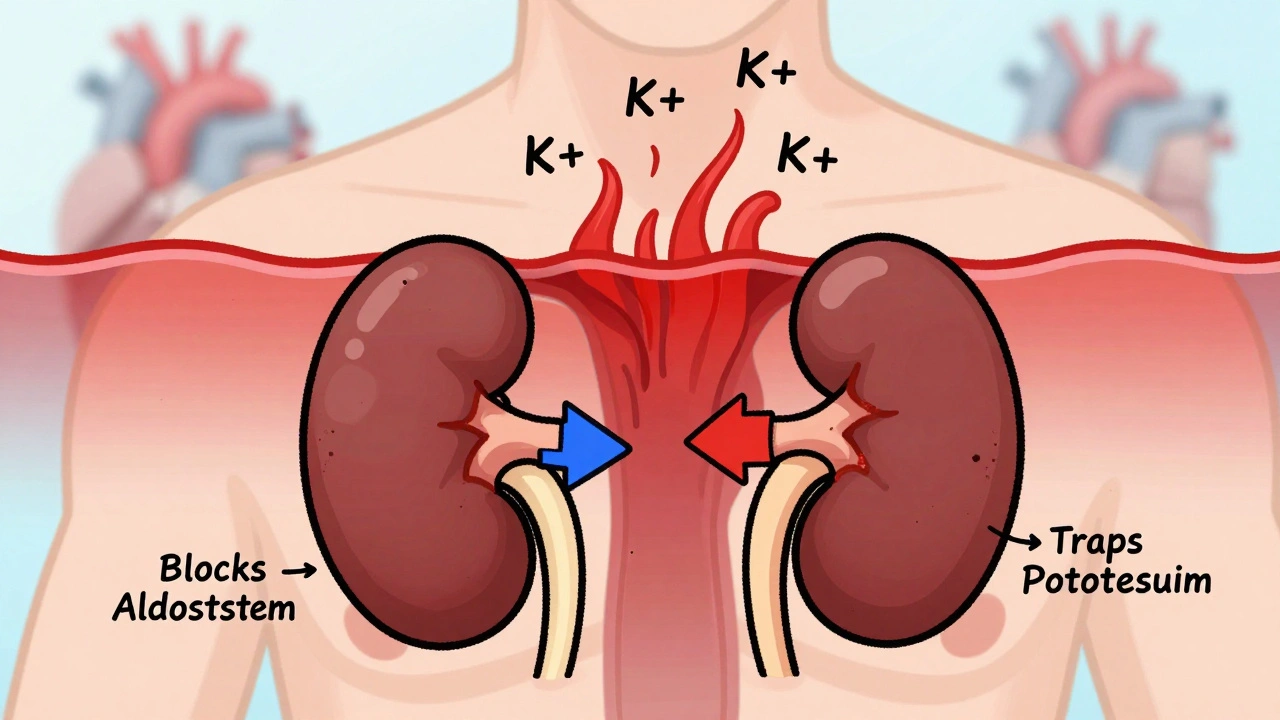Tooth Staining Antibiotics – Causes, Risks & Prevention Tips
When talking about tooth staining antibiotics, drugs that can turn teeth yellow, brown, or gray during or after treatment. Also known as dental staining antibiotics, they are a small but notable group of medicines that affect dental pigment. tooth staining antibiotics are often prescribed for infections, yet they bring an unwanted side effect that many patients overlook.
One of the most infamous members of this group is tetracycline, a broad‑spectrum antibiotic linked to intrinsic tooth stains when taken by children or pregnant women. The drug binds to calcium in developing teeth, creating a permanent discoloration that can range from faint yellow to deep brown. Another common culprit is chlorhexidine, an antiseptic mouthwash often used after dental procedures that may cause extrinsic brown stains if used long‑term. Both agents illustrate how medications interact with tooth structure, highlighting the need for awareness before starting therapy.
How Staining Happens and Who’s at Risk
The mechanism behind these stains involves either the drug integrating into the tooth matrix (intrinsic) or reacting with plaque and oral bacteria (extrinsic). Intrinsic stains, like those from tetracycline, lock pigment into enamel and dentin, making them difficult to remove with regular cleaning. Extrinsic stains, such as those caused by chlorhexidine, attach to the surface of the teeth, meaning good oral hygiene can often mitigate the discoloration. Patients with poor oral hygiene, high sugar diets, or existing dental plaque are more vulnerable because the bacterial film provides a fertile ground for pigment buildup.
Other antibiotics, for example amoxicillin, a penicillin‑type drug rarely associated with discoloration but sometimes combined with other agents that increase risk, can also play a supporting role. When amoxicillin is taken alongside iron supplements or certain mouth rinses, the mixture can create a staining environment. Understanding these interactions helps clinicians choose alternatives or add protective steps for patients prone to discoloration.
Prevention starts with timing and dosage. Pediatric dentists advise avoiding tetracycline in children under eight years old and in pregnant women. For adults who need the drug, short‑term use and close dental monitoring reduce the chance of a noticeable hue. If chlorhexidine is prescribed, limiting its use to a two‑week period and following up with thorough brushing can keep stains at bay. Using a soft‑bristled toothbrush, fluoride toothpaste, and regular dental check‑ups creates a defense against both intrinsic and extrinsic pigments.
When a stain does appear, treatment options vary. Intrinsic discoloration often requires professional whitening, veneers, or crowns, while extrinsic stains respond well to scaling, polishing, and regular use of non‑abrasive polishing agents. Some patients find success with over‑the‑counter whitening strips, but it’s best to consult a dentist before starting any at‑home regimen, especially after antibiotic‑induced staining.
Our collection below dives deeper into each of these angles. You’ll find side‑by‑side comparisons of antibiotics, practical guides on managing dental side effects, and clear advice on keeping your smile bright even when you need powerful infection‑fighting drugs. Browse the articles to see how different meds stack up, learn safe dosage tips, and discover the best oral‑care routines to protect your teeth.
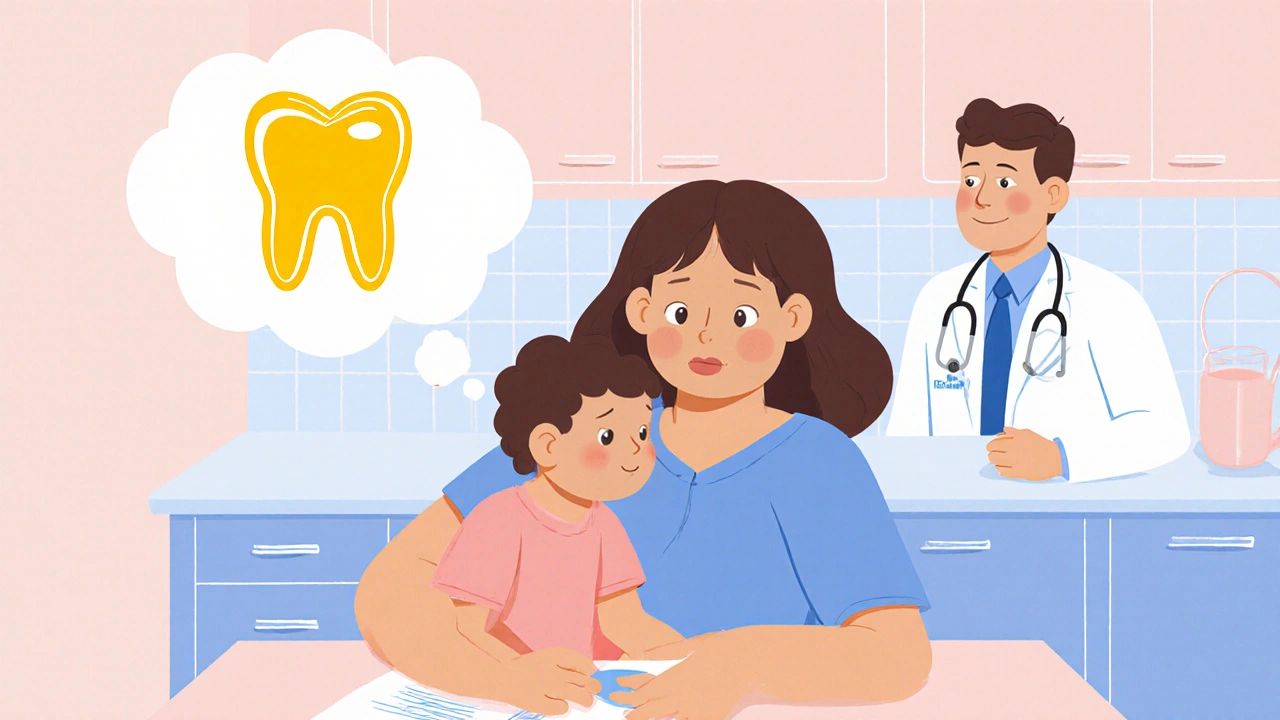
Tetracyclines, Tooth Discoloration & Pediatric Safety: What Parents Need to Know
A clear guide on tetracycline antibiotics, tooth discoloration risk, and the updated pediatric safety guidance for doxycycline use.

